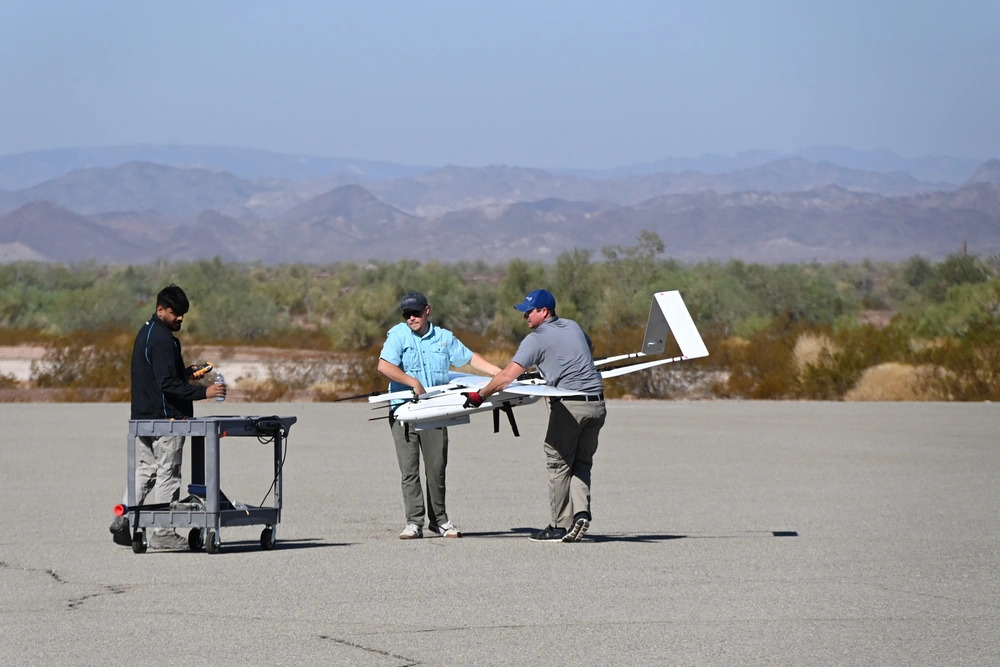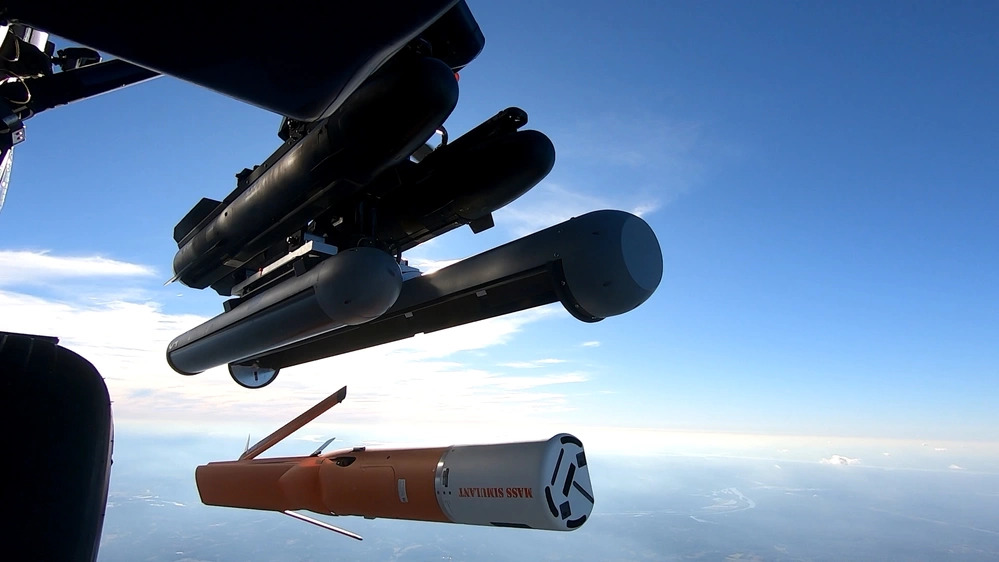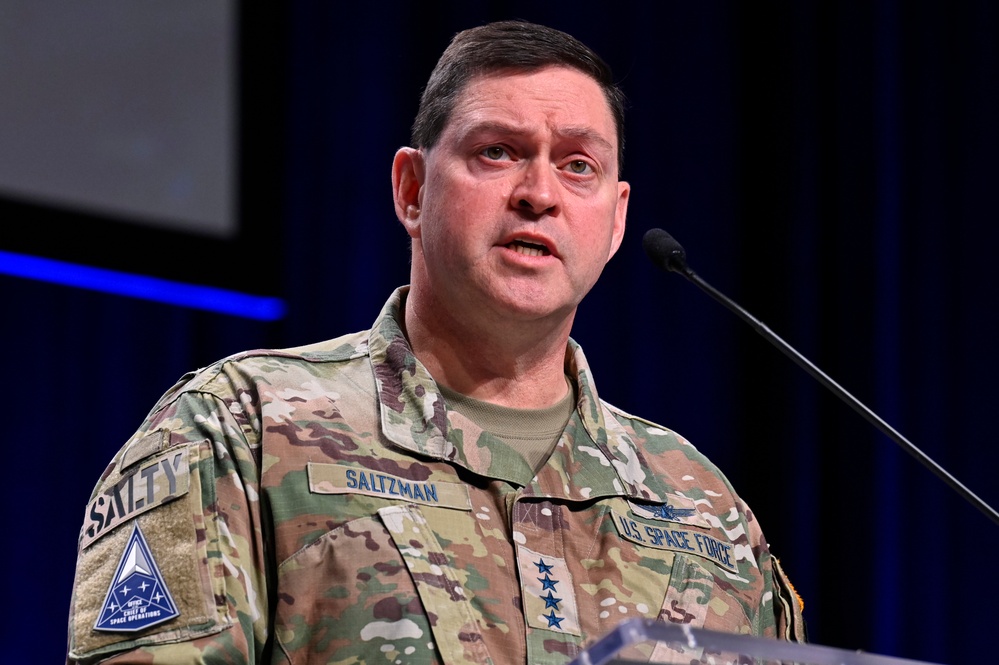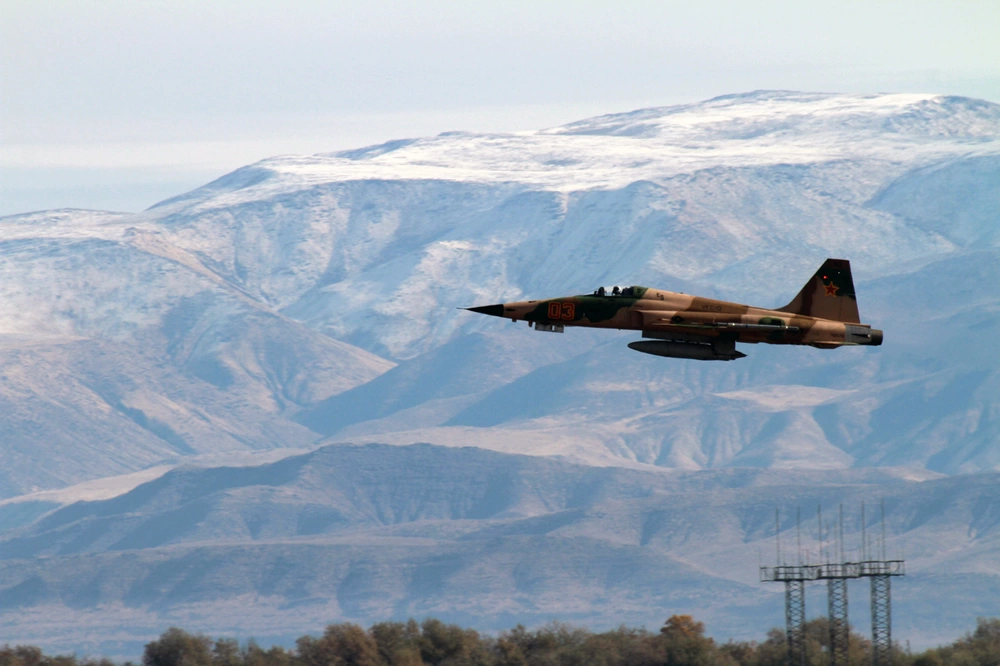Army’s future helicopters could be more autonomous and launch their own drones
- By Hope Seck
Share This Article

As battlefields become increasingly hostile to conventional combat platforms, the Army is pushing forward with its two-decade effort to develop a new family of helicopters and rotorcraft through its Future Vertical Lift program while incorporating lessons from the war in Ukraine.
The Army recently concluded a major experimental event focused on its Future Vertical Lift program at its Yuma Proving Ground in Arizona. Five unidentified companies were selected to participate out of 36 applicants. The event, known as Experimental Demonstration Gateway Event (EDGE) 24 ultimately included one robot, seven ground technologies, three aerial platforms, and 28 launched-effect surrogates – “launched effects” refers to uncrewed vehicles that can be fired from another platform. Earlier this year, Breaking Defense reported that an Army UH-60 Black Hawk would be used as a test platform for autonomy and launched effects, with flights set to start early next year.
It’s the first EDGE event since the Army canceled its Future Attack Reconnaissance Aircraft (FARA) program earlier this year which hit a dead end after investing $2 billion in research and development. That change, as Army Chief of Staff Randy George explained at the time, was also informed by the war in Ukraine. “Aerial reconnaissance has fundamentally changed” in light of the ability of inexpensive unmanned flying systems to traverse combat zones in depth and inflict damage at minimal risk, he said.
“The future,” Gen. James Rainey, the lead for the FARA program, told Defense News, “is going to be about who can properly integrate humans and machines effectively, how do you optimize those two things.”
In a round table with reporters on September 24, Army officials who participated in EDGE 24 explained how those insights had informed the latest experiment and were propelling the Future Vertical Lift program forward. While specific details on the tests that technologies and platforms faced were not provided, officials said that “representative threat systems” had been placed across the ranges of the proving ground, with radars, high-speed cameras, and other data-collection devices positioned to capture just how the systems performed.
Related: The origins of SOCOM’s stealth Black Hawk helicopters

With autonomy and launched effects as primary focuses of the testing, leaders are clearly developing a perspective on what it will take to keep manned rotorcraft platforms in the air and relevant in the future fight: fired and launched systems that will hold off the enemy from greater ranges that minimize risk to the platform; and technology integration that will make platforms smarter and more adaptable than human decision-making alone can.
“From a [long-range precision fires] standpoint, looking at a near-peer adversary in large-scale combat operations in the future, we know that we’re potentially outgunned and outranged. And that puts us in a difficult position to fight the way that we want to fight in deep operations,” Brig. Gen. Rory Crooks, director of the Army’s LRPF cross-functional team, told reporters. “What EDGE has shown us is that launched effects have tremendous potential to help us regain parity, or maybe fire superiority […] so we can engage those enablers that are trying to kill us at range.”
It’s all about collaboration, too, with systems on the air and ground working together to overwhelm the enemy from a distance. Crooks cited the power of a “coordinated deep attack” with partners in the field that could potentially “change the balance of forces in our favor.”
The Army leaders indicated they’re continuing to pay close attention to Ukraine and the expanding capability of unmanned aerial systems, not only as a reconnaissance platform, as the Army has tended to use them, but as a lethal weapons carrier that can take out armored vehicles and ground forces. And, they said, the service is open to moving in that direction if it can acquire the systems at a price on par with what it’s currently paying for cannon or rocket artillery.
“We certainly see the utility of having these systems be able to strike deep, while sensing and striking almost near-simultaneously,” Crooks said.
Related: The Marines want to make their secret beach-swarming drones autonomous

As far as autonomy, Army leaders are exploring ways to lighten the mental load of pilots and crew, but maintain that the future they envision keeps a human in the cockpit of their big rotorcraft. At EDGE 24, “easing the cognitive burden” focused on tasks like airspace management, where machines can sort large amounts of incoming information and minimize human decision-making.
Elsewhere in the exercise, according to Army releases, one company demonstrated autonomous collaboration between unmanned air and ground vehicles, using real-time aerial route mapping to create a path for the ground vehicle. Another allowed one unmanned aerial vehicle to hand off a target to another with a different sensor set, highlighting autonomous collaboration around a common, human-directed mission.
“How do we offload the requirements for operators to control from one controller to one vehicle, versus one control [across] multiple vehicles? How do we share that information across the battlefield rapidly and accurately? And then, how do we do that at extended ranges?” said Brig. Gen. Cain Baker, the director of the Future Vertical Lift cross-functional team. “And so as we look to the future, I think it’s, how do we bring autonomy inside of our operation cells to drive decision-making processes.”
Despite the growing capabilities of drones and fully autonomous systems, Baker stressed that there are limits to the role the Army sees for the technology.
“Autonomy will help address some of those burdens that we face,” Baker said, “But at the end of the day, it’s very important that we understand that there is always going to be a human requirement, especially inside of a rotary platform.”
Ahead of Future Vertical Lift, the Army is planning another experimentation event that will dive into swarming, with many platforms working together for mass effect. Officials will continue to refine autonomy, and a future event will also emphasize platform lethality, Baker said. By the end of next year, he said, the service will be ready to update its requirements on the long path to fielding replacements for its aging helicopter fleet. The Future Long Range Assault Aircraft, set to be a tiltrotor platform under the FVL program, is currently set to enter low-rate early production in 2028.
Read more from Sandboxx News
- The Air Force’s 24th Special Tactics Squadron is an elite special operations unit like no other
- Japan’s modern Howa Type 20 – Service rifles from around the world
- What do the recent Russo-Chinese joint exercises in the Pacific mean
- Exploring the Army’s obscure and radical SAWS program
- Ukraine’s getting powerful long-range glide bombs that will give its F-16s a new punch
Related Posts
Sandboxx News Merch
-

‘AirPower’ Classic Hoodie
$46.00 – $48.00 Select options This product has multiple variants. The options may be chosen on the product page -

‘Sandboxx News’ Trucker Cap
$27.00 Select options This product has multiple variants. The options may be chosen on the product page -

‘Kinetic Diplomacy’ Bumper Sticker (Black)
$8.00 Add to cart
Hope Seck
Hope Hodge Seck is an award-winning investigative and enterprise reporter who has been covering military issues since 2009. She is the former managing editor for Military.com.
Related to: Gear & Tech

Dogfighting in space? Not too far-fetched, Space Force chief says

New master’s degree will train Top Gun pilots on foreign adversaries and space warfare
Sandboxx News
-

‘Sandboxx News’ Trucker Cap
$27.00 Select options This product has multiple variants. The options may be chosen on the product page -

‘AirPower’ Classic Hoodie
$46.00 – $48.00 Select options This product has multiple variants. The options may be chosen on the product page -

‘AirPower’ Golf Rope Hat
$31.00 Select options This product has multiple variants. The options may be chosen on the product page -

‘Sandboxx News’ Dad Hat
$27.00 Select options This product has multiple variants. The options may be chosen on the product page
